|
If you're hosting an adults-only wedding, you've probably realized that it can be a sensitive topic. It can be tricky to find a balance between clearly stating who isn't invited while still being sensitive to your guests' feelings. I've compiled my favorite ways to both imply and directly state that children aren't invited to your wedding celebration for you, so your invitations are clear and polite! Envelope AddressingThe first place that you can clarify who is invited to your wedding is on the envelope for both your save the date and invitation. This is also a great tip if you are having trouble clarifying plus ones!
RSVP CardsHow you address your wedding invitation can help to specify exactly who is invited, but sometimes guests dispose of these before reading them. Additionally, it can be difficult to address an invitation to a family in which some adult children are invited, but young kids are not. A solution for both of these is to specify the number of reserved seats on your RSVP card. On most RSVP cards you will see the phrase, "We have reserved __ seats in your honor". Fill in this blank before you send out the invitation! This is where you will specify how many guests in this household are invited. Stating it on the invitationIf you are still concerned about certain guests not getting the memo about it being a child-free wedding, the best option is to state it outright on the invitation. A great way to do this on a traditional invitation is to state, "Adult-only reception to follow," after the wedding details. The one catch about this wording: a guest could potentially believe that their child was still invited to the ceremony, as long as they don't attend the reception. On your Wedding WebsiteWhile I believe that all of the most important information about your wedding day should be on your invitation suite, your wedding website is the perfect spot for explaining that your wedding is going to be child-free. Most wedding websites will have an FAQ page, and the very first question should be, "Are my kids invited?" There are tons of respectful ways that you can answer this, but these are my two favorites:
A GREAT ALTERNATIVE?Regardless of how politely you state that children are not invited to celebrate with you at your wedding, there's a chance that someone will be upset. It can be difficult to find a sitter, or maybe they weren't planning on the extra expense, or don't feel comfortable traveling without their children.
A fantastic solution to this, which still allows you to have your child-free wedding, is to hire your own sitters! If your guests are booking a room block at a hotel near your wedding venue you can book extra rooms or conference space for all of the kids and some trusted sitters for the evening. Order them some pizza and cupcakes, and they can have their own party that doesn't interfere with your adults-only event. While it does put an added expense on you, it is a fantastic service to offer for friends and family who have children that aren't able to attend. For some couples, hosting a wedding that is adults-only is very important, but it can be a tricky world to navigate. Including consistent language throughout your wedding invitation suite and on your wedding website is key to avoiding any unwanted guests at your wedding. While every wedding is unique and should be handled as such, I hope that my guide helps to limit the stress around clarifying your wishes to your guests!
0 Comments
For many of us, creating and mailing invitations is a lost art. In fact, a wedding may be the only time in your life you will send out a physical invitation for an event! Between Facebook events and e-vites, only the most formal events still require an invitation by mail. While creating and mailing paper invitations may be out of your comfort zone, it is a crucial step in wedding planning! So I’ve created a list of the five most common errors I see on wedding invitations so you know what to look for! 5. Forgetting Important InformationAt its core, a wedding invitation exists to let people know where to be, when, and why. These key components must be included on the invitation, even if you are also directing them to a wedding website. Your invitation should include the venue name and address, date and time of the wedding, and the names of the couple getting married. The second most important part of an invitation? Telling your guests how to RSVP. Anyone who has planned a wedding knows how hectic the last few weeks before your wedding can be, and you don’t want to have to spend that time tracking down your guests so you can give your caterer a final headcount. Make sure that you let your guests know how to RSVP, and when they should RSVP by. If you’re looking to save on postage costs, you can even allow your guests to RSVP online - many wedding websites provide this feature. Just make sure you have a family member assigned to helping any elderly guests who may not quite understand how to navigate your website! 4. Not Appropriately Prepping RSVP CardsIf you are choosing to stick with a traditional mail-in RSVP card, there are a few things you should keep in mind before sending them out. An unfortunate reality of wedding invitations is that some guests believe they should have a plus-one even if you did not provide them with one. For this reason, traditional RSVP cards usually include the line, “We have reserved [blank] seats in your honor.” Make sure that you fill in this blank before you mail out your invitation! If you leave it blank, there’s no telling how many people will try to RSVP yes to your day. This number should also correspond with the names that the invitation was addressed to; whether it is one name “and guest," “Mr. and Mrs. Smith," or “Smith Family." For example, if the card was addressed to “Mr. and Mrs. Smith” and you clarified that you reserved two seats for them, Mrs. Smith should know that she cannot substitute her 5-year-old son for her husband, as her son’s name was not on the invitation. However, if the card was addressed to “Smith Family," it would suggest that any two family members would be welcome to take those seats. Another important part of RSVP card preparation is stamping and addressing the return envelopes. If you are using mailed cards as your primary source of collecting RSVPs, it’s crucial that they make it back to you. The best way to guarantee that they do is by making it foolproof for your guests and addressing and stamping the envelopes yourself. There is one traditional line on RSVP cards that stumps a lot of wedding guests. Before the line where your guests will choose whether they accept or decline the invitation is often a capital M with an underline next to it. This line is for guests to put their name and title, i.e., “Mr. and Mrs. Smith” or “Miss Jane Smith." Unfortunately, since many guests aren’t familiar with this format, some RSVPs are returned without any name. So you know that you have an acceptance, but who is it? A trick I’ve seen recently is numbering the back of RSVP cards in invisible ink and keeping a spreadsheet with the names corresponding to each number. If you receive a blank RSVP card, you check the back, and voila, no question about who the RSVP came from! 3. Mailing Too LateTraditionally, wedding invitations should be mailed out no later than six to eight weeks before your wedding date. This allows time for the invitations to make it to your guests and the RSVPs to get back to you in time. However, since Covid hit we are seeing that mail service is taking longer than usual, and I would now recommend mailing them out eight to ten weeks before the big day. Any later than six weeks and you are putting your guests in a time crunch to RSVP and you will almost definitely be tracking down responses as your day approaches. 2. Incorrect Grammar and AbbreviationsIf you are having a casual backyard wedding and want a casual invitation suite to go with it, you probably aren’t too worried about the formalities of the text as long as they make sense. However, if you are hosting a black-tie event, you probably want to make sure you’re using the correct traditional phrasing. Some frequent errors that I’ve seen on formal invitations include not writing out the time and date in text and not remembering to place a comma before titles such as “Jr.” or “Sr.”. Talk to your stationer about what your goal is for the feel of the invitation, and they should be able to guide you on the right path. 1. Not Using the Correct PostageThe number one most common error I come across in wedding invitations (and probably the most heartbreaking) is invitations that get returned due to incorrect postage. Unfortunately, a Forever Stamp is probably not going to be enough postage to mail out a full invitation suite, so it’s super important that you check with your post office before dropping them all off. I recommend taking a fully assembled wedding invitation to the post office and talking to a staff member. They can weigh the card and take measurements of the envelope to let you know what the cost will be. Even if your card isn’t overweight, something as simple as a square envelope can require extra postage! You should also ask them if your cards will need to be hand canceled. Some invitations cannot be processed through the machine, and there can be an extra fee for hand canceling. If you want to make sure that the hand canceling is done neatly, ask if you can do it yourself. I have seen too many brides receive a stack of invitations back in their mailbox with ugly red stamps across them stating “insufficient postage”, so please take the time to run down to your local post office and have a discussion with a postal worker! Wedding invitations can seem incredibly overwhelming, but it doesn’t have to be! At the end of the day, the goal is to make sure that your guests know where to be and how they can let you know they’ll be there, and everything else can be adjusted. Working with an experienced stationer or graphic designer can save you so much worry and allow you to create a beautiful collection of paper goods to get your guests excited for the upcoming celebration! wedding invitation tips | common wedding mistakes | wedding stationery errors to avoid
Are you staring at a blinking cursor, struggling to find the perfect sentiment to use on your wedding invitations? I get the feeling. I felt the same way when my husband, Zach and I were designing the invitations for our Pennsylvania wedding! That’s why I created this wedding invitation wording guide, to help couples like you walk through the invitation wording essentials.
Below, I will answer the following questions in my wedding invitation wording guide!
Do you need some additional help with your invitation wording? I'm happy to help - just send me a message or better yet, more details about what you're looking for, and I can put together a quick estimate for you! I'm happy to sit down with you for a free wedding stationery consultation if you'd like as well. This will give us a chance to really dive into all the juicy details: your wedding Pinterest board, the paper choices and printing methods I offer (hello letterpress and foil printing!), all of the envelope colors you can choose from, what items you need (or maybe didn't know you needed!), and more.
I also have a collection of wording examples as a starting point available on my website, if you'd like to check those out now! Here are some more wedding etiquette do's and don'ts as well.
Ultimately, it's best to remain true to yourself and who you are as a couple when you put together the verbiage for your wedding stationery. No one is just like you, and you're the only one who can really tell your guests what to expect at your wedding ceremony and reception. Set the tone using language that reflects your personalities, interests, and gives your guests all the most important details. And have fun with it! Comment below with any questions you might have about wedding invitation wording. I love chatting with you! XO, |
ABOUT EMILY Archives
July 2022
Categories
All
|
LEARN MORE |
|

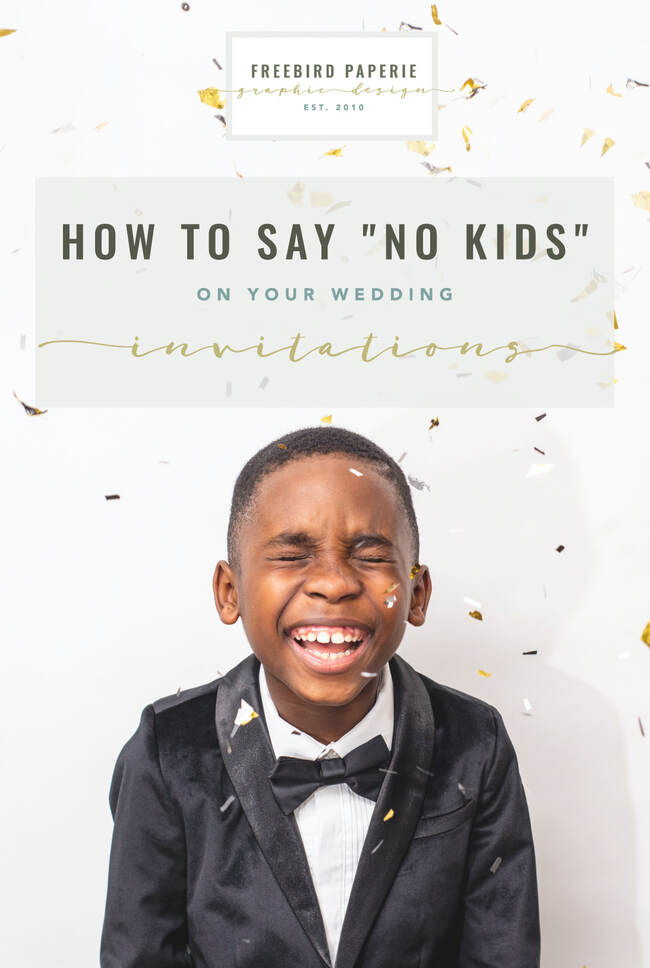


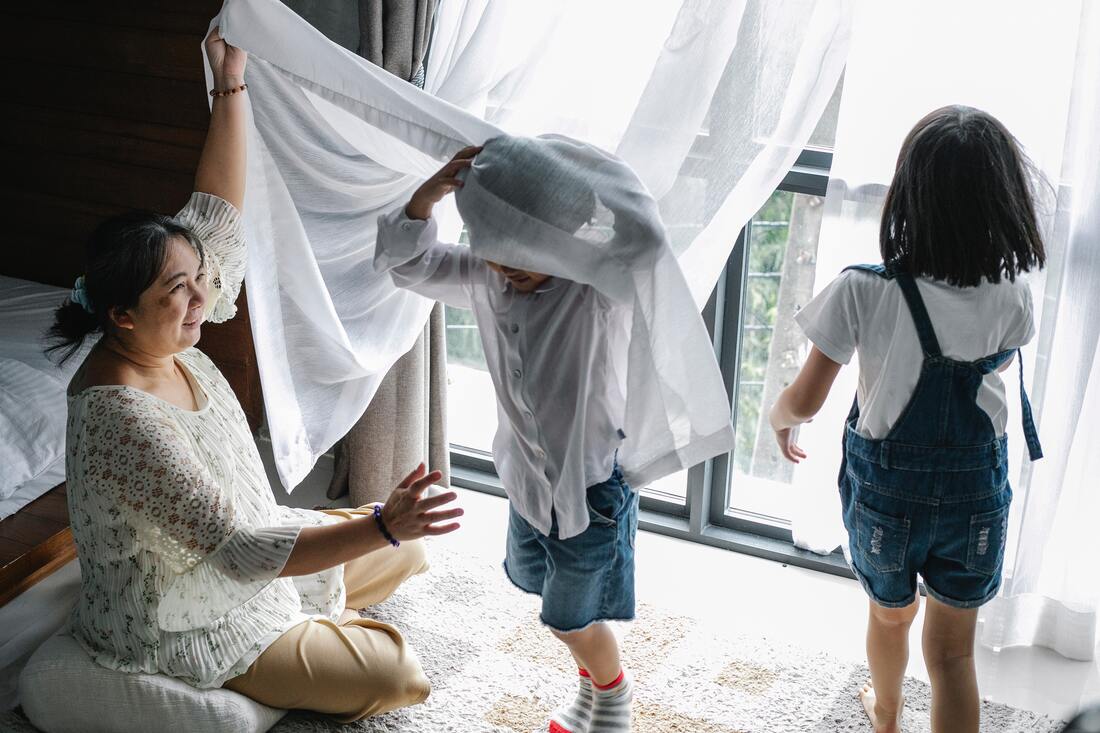
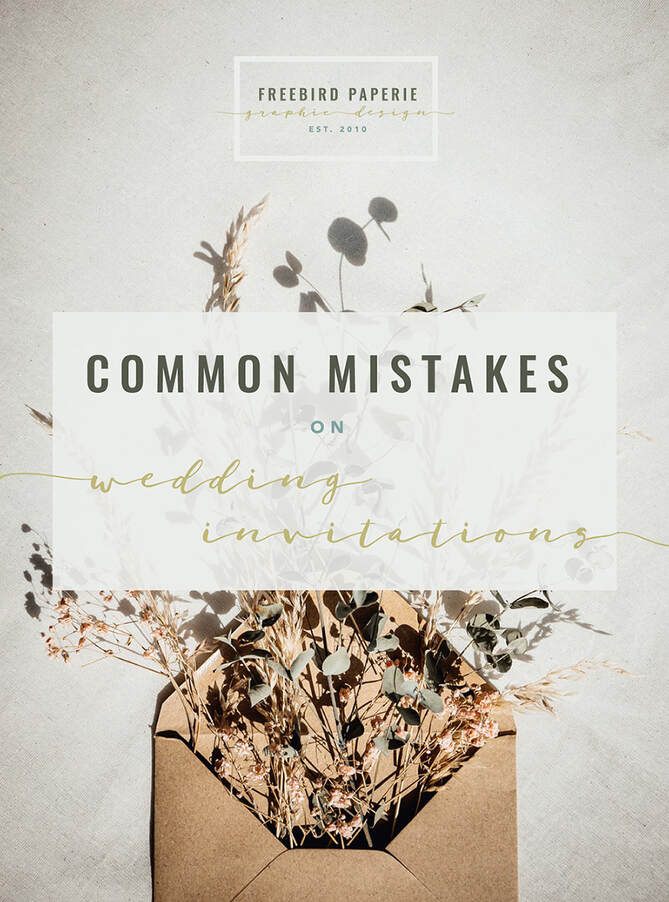

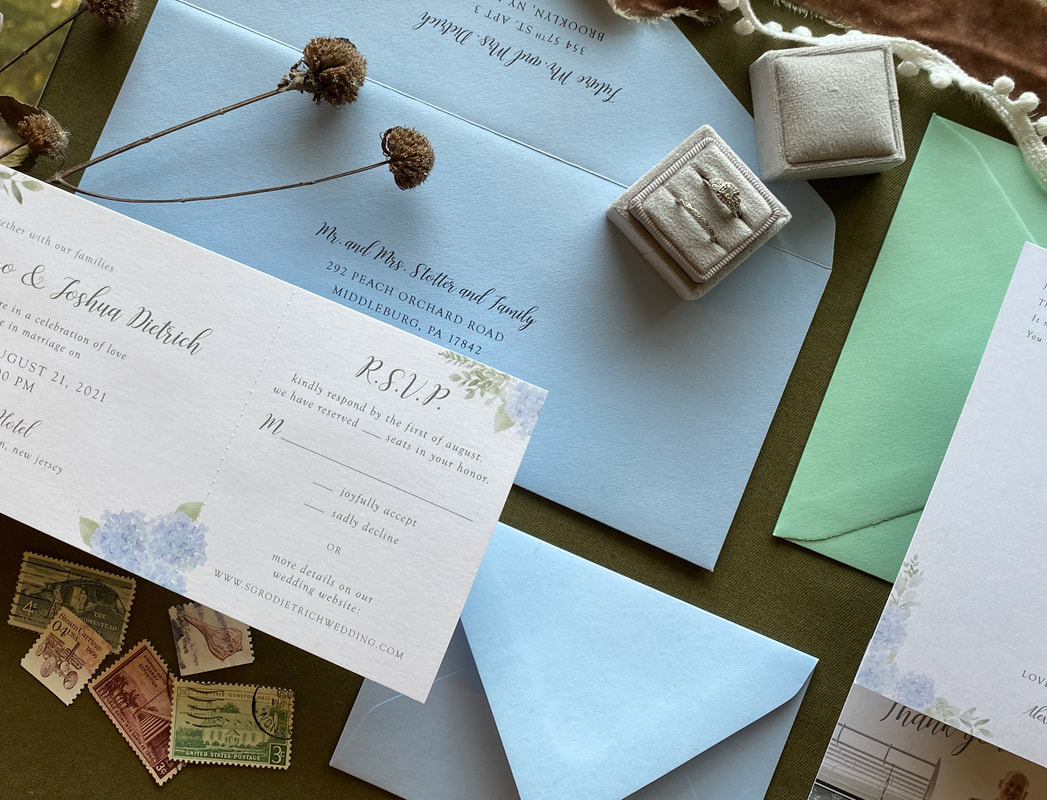

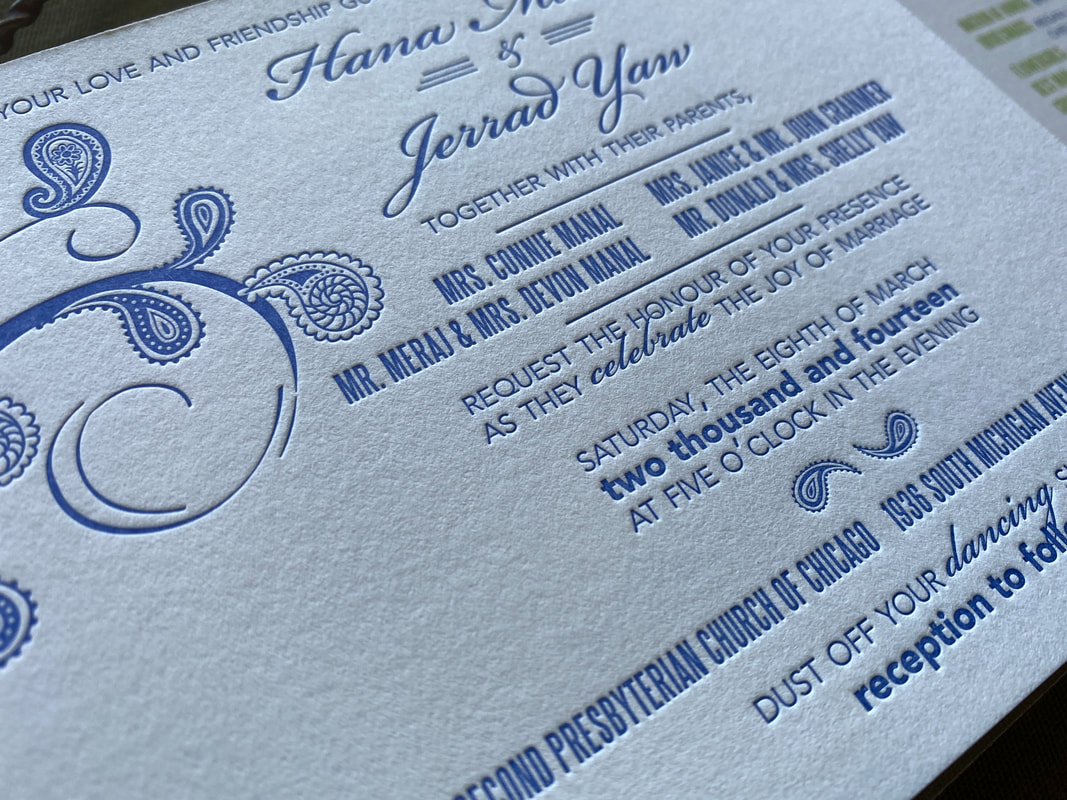
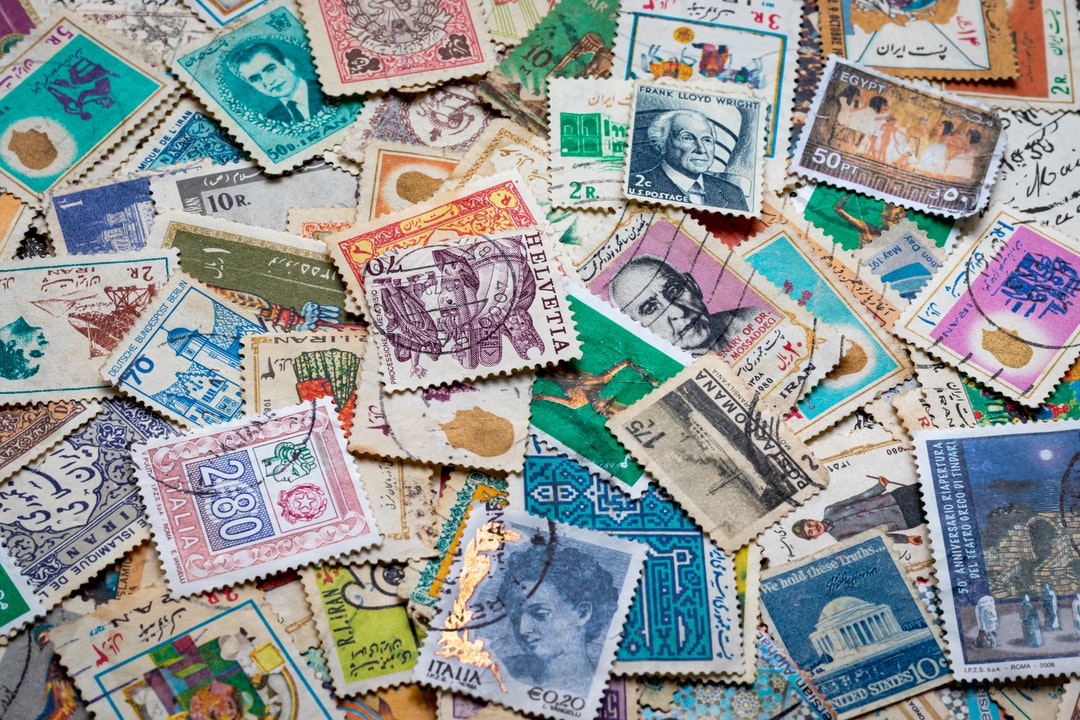
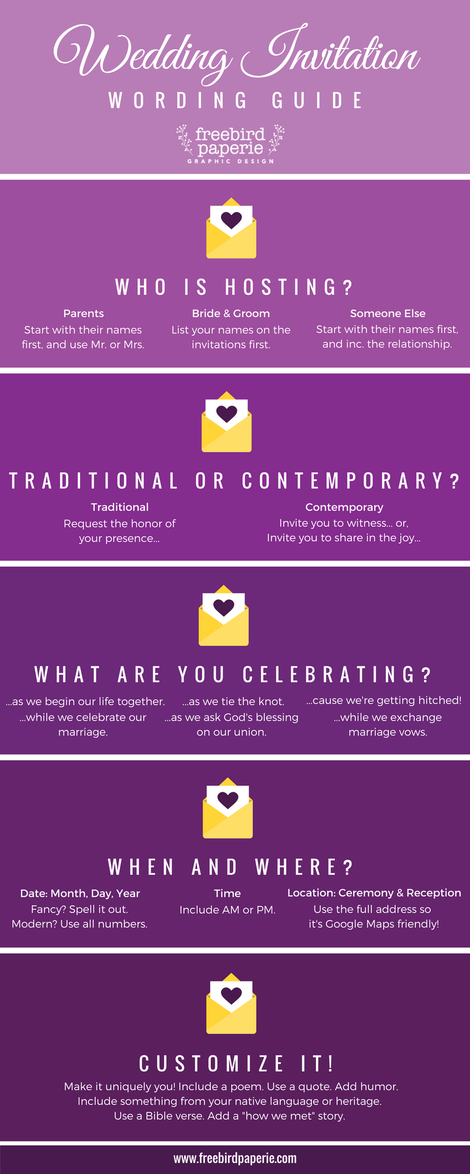


 RSS Feed
RSS Feed